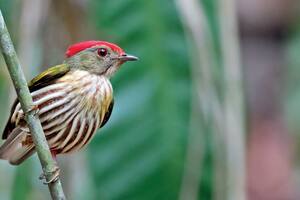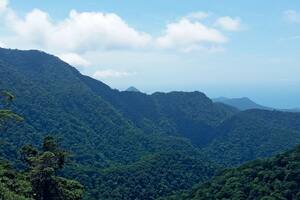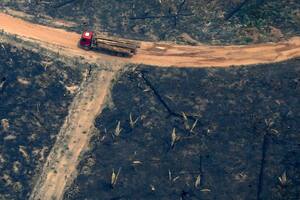Biodiversity
Photolab
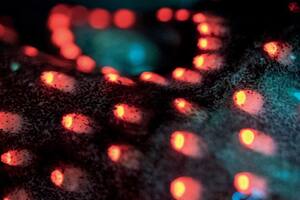
Invisible message
When stimulated with ultraviolet light, the cock-eyed squid (Histioteuthis sp.) becomes covered with bright red dots
By Redação
Video
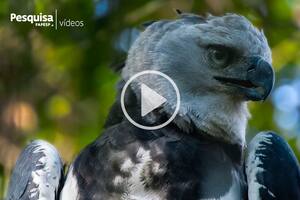
Harpy eagles are disappearing from parts of the Amazon
Preys for the largest eagle on Earth dwindle in deforested areas | 1'58
By Redação
Zoology
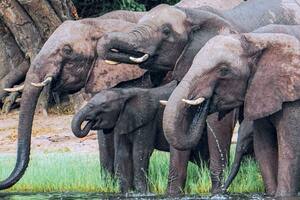
A giant water and food vacuum
African elephants are able to fill their nostrils with 3.7 liters of water in just 1.5 seconds
By Redação
Photolab
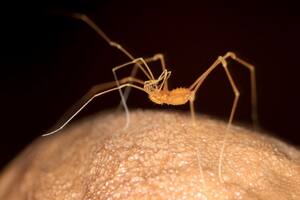
The harvestman with eight canes
Of all the harvestman species found in Brazil, Giupponia Chagasi is the best adapted to living in caves—a trait known as troglomorphism
By Redação
REGULATIONS
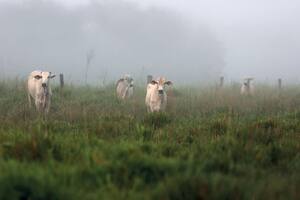
Weakened legislation
Brazil dismantling environmental protection structures during the pandemic
Zoology

Toads in the mist
In well-preserved remnants of the Atlantic Forest, a team of zoologists identified a peculiar new species of toad
By Redação
Video

These birds show how species arise
Ornithologist Luís Fábio Silveira, curator of the bird collections at the Zoology Museum of the University of São Paulo (MZ-USP), explains how studies with capuchino seedeaters help understanding their diversification by means of evolution | 5'46
By Redação
video
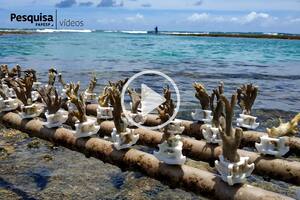
These nurseries can help to recover coral
Culture of damaged fragments onto 3D-printed cribs is a promising technology for restoring threatened reefs | 4'50
By Redação
Marine biology
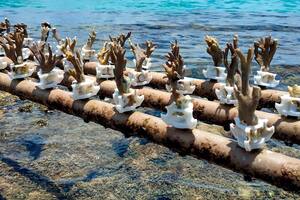
Coral nurseries
Mobile cultivation of damaged coral in precast frames is a promising technology for rehabilitating reefs
By Tiago Jokura
Environment
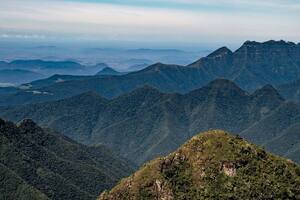
Hidden losses
The size of the Atlantic Forest has remained almost stable for 30 years, but old forest is losing ground to newer formations with lower biodiversity and carbon stock
By Suzel Tunes
Biodiversity

Damage beyond deforestation
Fragments of Atlantic Forest have already lost 23–42% of their biodiversity and forest carbon stocks
By Redação
Video
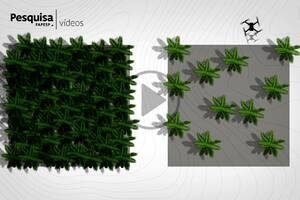
How drones chart forest biodiversity
Unmanned aerial vehicles are used to monitor tropical forests in a speedy, efficient and detail-rich manner | 4'34
By Redação
COVID-19
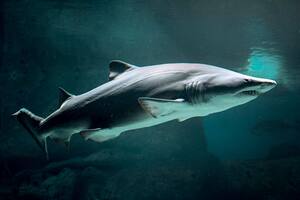
Vaccines and sharks
A compound extracted from the livers of sharks is used in five coronavirus vaccine candidates
By Redação
Biochemistry

Anti-predator chemical shield
Seemingly harmless at first glance, the African maned rat (Lophiomys imhausi) carries a lethal weapon in its coat
By Redação
Photolab

Underwater stars
When disturbed by a physical bump or a beam of light, the tunicates Pyrosoma atlanticum emit a turquoise light
By Redação
Biota - 20 Years
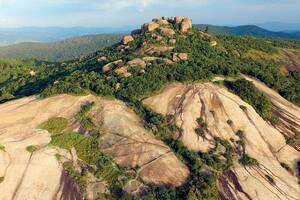
Policies for protecting nature
For two decades, the program's biodiversity research has provided a scientific foundation for creating conservation areas and increasing sustainable development in São Paulo
By Suzel Tunes
Ecology

Under the female gaze
Males with brightly colored wings attract more females to their territory, as well as more rival males, sparking a fierce competition for mating partners
By Redação
BIOTA - 20 YEARS

A poisonous weave
A spider web commonly found in the Americas is composed of toxins that paralyze and help kill prey
biodiversity
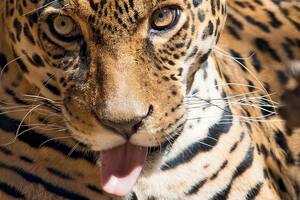
Wildlife shrinks by 68% in five decades
The global populations of about 4,400 mammal, bird, reptile, fish, and amphibian species shrank by 68% between the years 1970 and 2016
By Redação
Biodiversity
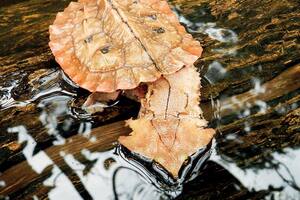
Two species of mata-mata
New analyses have revealed that there are at least two species of mata-mata
By Redação
Ecology
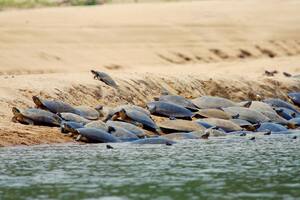
Protecting the turtles
Combined use of sound recordings, aerial images, and environmental data improves monitoring of endangered Amazon species
By Rubem Barros
Biodiversity
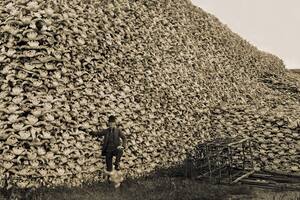
At risk of disappearing
Hundreds of species of reptiles, amphibians, birds, and mammals are at risk of disappearing in the next two decades as a result of environmental degradation caused by humans
By Redação

